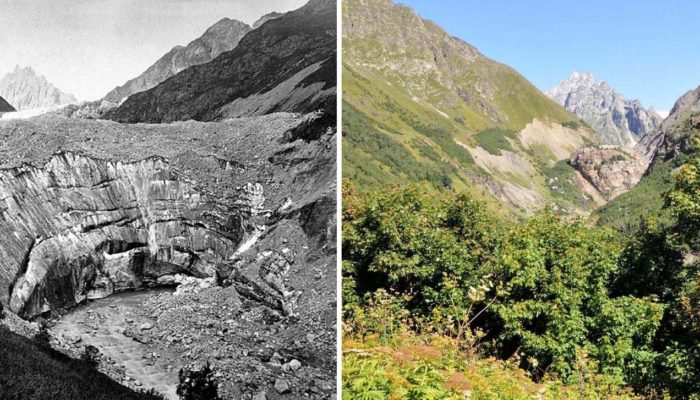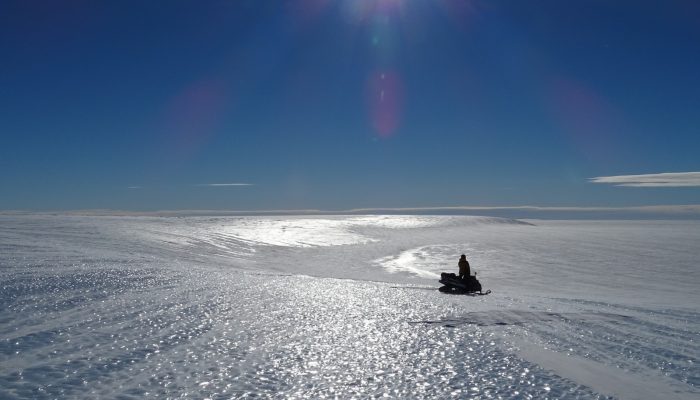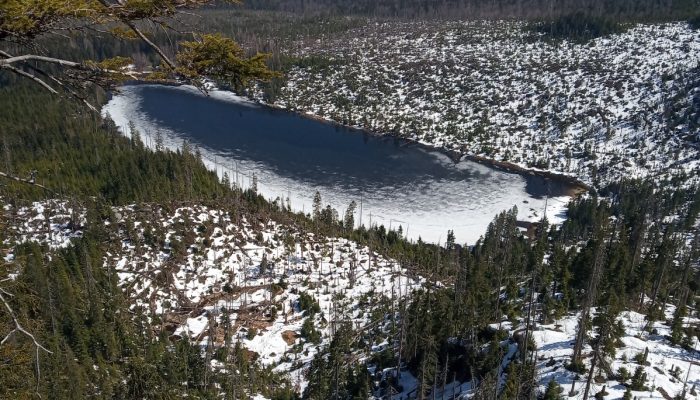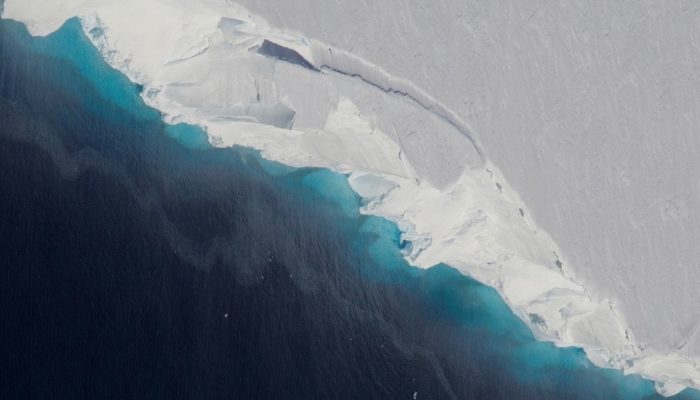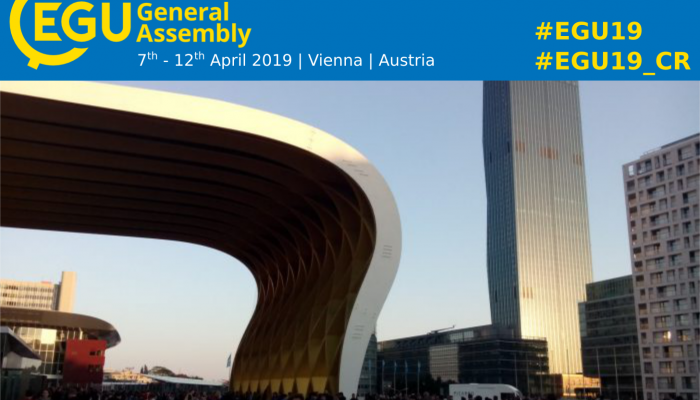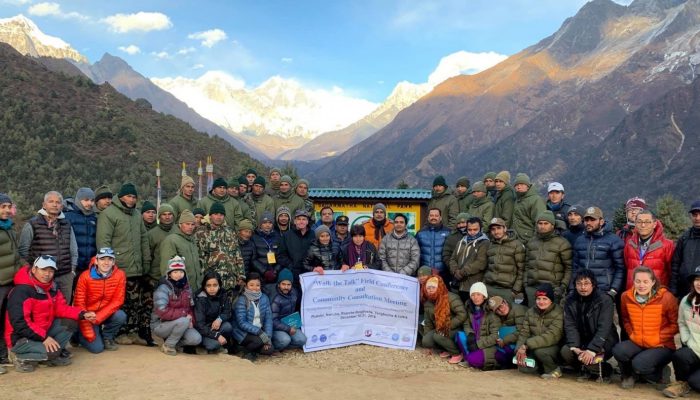The Tviberi Glacier valley is located in the Svaneti Region – a historic province of the Georgian Caucasus. Between 1884 and 2011, climate change has led to a dramatic retreat of the ice in this valley. Other glaciers in the Greater Caucasus evolved in a similar way in past decades. We investigated glaciers and their changes both in-situ and with remote sensing techniques in the 53 river bas ...[Read More]
If you didn't find what you was looking for try searching again.
Cryospheric Sciences
Image of the Week – The Lost Meteorites of Antarctica…
When most people think of Antarctica, meteorites aren’t the first things that come to mind. Perhaps they imagine the huge ice shelves, the desolate interior, or perhaps penguin colonies near one of the scientific bases — but usually not meteorites. So why is our project looking for meteorites in Antarctica, and besides, aren’t they all lost until they are found? Let’s start with the A ...[Read More]
Cryospheric Sciences
Image of the Week – Life in blooming melting snow
The new snow melting season has just started in the mountains of Europe and will last, in many alpine places, until the end of June. Weather in the middle of April is changeable. In the last few days sub-zero air temperatures have prevailed in the mountains during the day. In a frame of an international research project, me (Charles University) and Daniel Remias (Applied University Upper Austria), ...[Read More]
Cryospheric Sciences
Image of the Week — Cavity leads to complexity
A 10km-long, 4-km-wide and 350m-high cavity has recently been discovered under one of the fastest-flowing glaciers in Antarctica using different airborne and satellite techniques (see this press release and this study). This enormous cavity previously contained 14 billion tons of ice and formed between 2011 and 2016. This indicates that the bottom of the big glaciers on Earth can melt faster tha ...[Read More]
Cryospheric Sciences
A brief guide to Navigating EGU 2019!
Are you going to the EGU General Assembly in Vienna next week? If so, read on for a quick guide to navigating the week: Where to start, what to see and how to meet people and enjoy yourself! After all, the meeting is as much about the opportunities to meet scientists from all over the world as it is about the science itself. How on Earth do I know what is going on?! The EGU General Assembly (GA) i ...[Read More]
Cryospheric Sciences
Image of the Week – The solid Earth: softer than you might think!
Global sea level is rising and will continue to do so over the next century, as has once again been shown in the recent IPCC special report on 1.5°C. But did you know that, in some places of our planet, local sea level is actually falling, and this due to rising of the continent itself?! Where is this happening? In places where huge ice sheets used to cover the land surface during the last ...[Read More]
Cryospheric Sciences
Image of the Week – We walked the Talk to Everest
The 12 day “Walk the Talk” Field Conference and Community Consultation through Sagarmatha National Park, Nepal, discussed a wide range of research outputs with local communities, tourists, and officials. Topics covered glaciers, mountains, environmental and landscape change, Sherpa livelihoods, tourism, and natural hazards. The conference, organised by Himalayan Research Expeditions, was the first ...[Read More]
Cryospheric Sciences
Image of the Week – What’s Hot in the Cryosphere? A 2018 review
Every year, humanity understands more and more about a remote and unforgiving component of the Earth system – the cryosphere. 2018 has been no exception, and in this blog post we’ll take a look at some of the biggest scientific findings of cryospheric science in 2018. We will then look forward to 2019 and beyond, to see what the future holds for these rapidly changing climate component ...[Read More]
Cryospheric Sciences
Image of the Week – Will Santa have to move because of Climate Change?
Because of global warming and polar amplification, temperature rises twice as fast at the North Pole than anywhere else on the planet. Could that be a problem for our beloved Santa Claus, who, according to the legend, lives there? It appears that Santa could very well have to move to one of its second residences before the end of this century. But even if he moves to another place, the smooth runn ...[Read More]
Cryospheric Sciences
Image of the Week – Permafrost features disappearing from subarctic peatlands
Some of the most remarkable, marginal features of permafrost – palsas – are degrading and disappearing metre by metre from North European peatlands, and are driven close to extinction by the climate change. What are these permafrost features? A palsa is a peat mound with an icy core, which stays frozen throughout summer due to the insulating property of dry peat. These mounds can rise up to 10 met ...[Read More]

